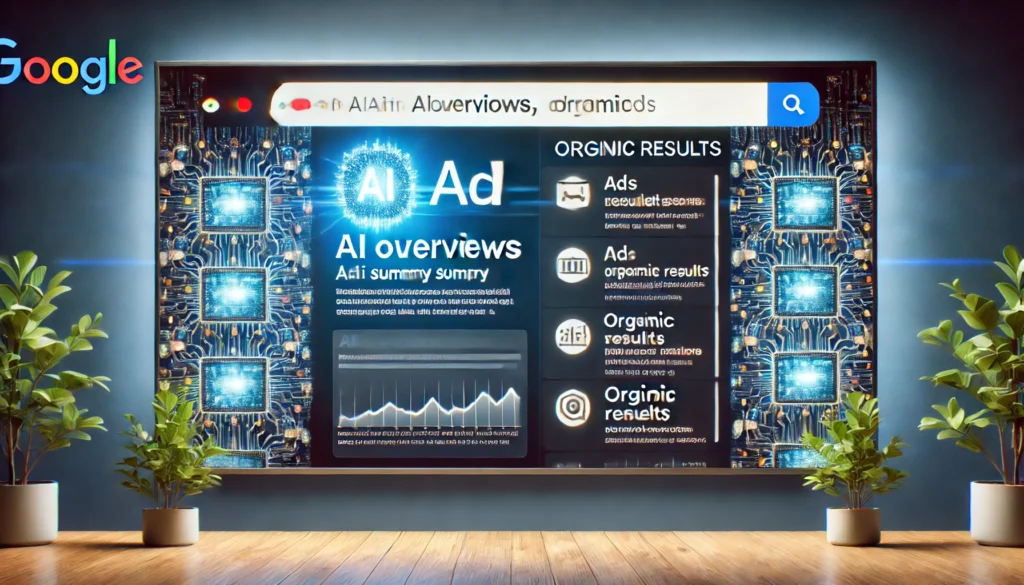I wanted to look at the Carnegie Higher Ed SEO Benchmarks, especially CTR data in the context of the broader internet.
Thankfully, AWR keeps a running study of CTR data and way back, I did a review of a few posts on the impact of AI overviews, and Google’s expanding ad sets.

TL;DR: Carnegie’s 2024 SEO Benchmarks show higher ed CTR benchmarks (2.7%) and branded/non-branded keyword dynamics. AWR data highlights higher CTRs (27.6%) for top organic results across industries, emphasizing competition for rankings. AI overviews and more ads on SERPs reduce organic traffic visibility. Key strategies: optimize for non-branded keywords, adapt to AI-dominated SERPs, and mitigate ad saturation with smart content and campaigns. Stay sharp; the SEO landscape isn’t waiting for you.
Navigating the New SERP Landscape: Carnegie’s Higher Ed SEO Benchmarks vs. Advanced Web Ranking’s CTR Data

In the evolving world of search engine results pages (SERPs), understanding click-through rates (CTR) is crucial, especially for higher education institutions aiming to enhance their online presence. Carnegie’s 2024 Higher Ed SEO Benchmarks Report offers sector-specific insights, while Advanced Web Ranking (AWR) provides broader CTR data across various industries. Comparing these resources reveals key insights and underscores the growing influence of AI overviews and increased advertising on Google’s SERPs.
Comparative Insights: Carnegie vs. AWR
• CTR Benchmarks: Carnegie identifies a median CTR of 2.7% for higher education websites, serving as a baseline for institutions to assess their performance. In contrast, AWR’s data indicates that the top organic result across industries garners an average CTR of 27.6%, with a significant decline for lower positions. This disparity highlights the competitive nature of search rankings and the necessity for higher education marketers to aim for top positions to achieve substantial traffic.
• Branded vs. Non-Branded Traffic: Carnegie notes that non-branded keywords account for 87% of impressions but only 43% of clicks, suggesting that while institutions are visible for generic searches, converting this visibility into traffic remains a challenge. AWR’s findings support this, showing higher CTRs for branded terms, emphasizing the importance of brand recognition in driving clicks.
Impact of AI Overviews and Increased Ads

The search landscape is being reshaped by AI-generated overviews and a surge in advertisements, affecting organic CTRs:
• AI Overviews: Google’s integration of AI overviews provides users with synthesized information directly on the SERP, potentially reducing the need to click through to websites. This shift could lead to a decrease in organic traffic, as users find answers without leaving the search page.
• Increased Advertisements: The prominence of ads, especially those with extensive site links and features, pushes organic results further down the page. Users often need to scroll past multiple ads to reach organic listings, diminishing the visibility and CTR of top organic positions.
Strategic Takeaways for Higher Education Marketers
• **Enhance Non-Branded Keyword Strateghigh imressions but low clicks for non-branded terms, developing content that effectively captures and converts this traffic is essential.
• Adapt to AI-Driven SERPs: With AI overviews providing immediate answers, creating content that complements these summaries and encourages deeper engagement can help maintain traffic levels.
• Mitigate Ad Saturation Effects: To counteract the impact of increased ads, focusing on achieving higher organic rankings and considering strategic paid campaigns can ensure visibility.
In conclusion, while Carnegie’s benchmarks offer valuable insights specific to higher education, aligning these with broader CTR data from AWR and understanding the evolving SERP dynamics due to AI and advertising trends are crucial. By staying informed and adaptable, higher education marketers can effectively navigate the changing digital landscape.
Images:
1. Higher Education SEO Benchmarks – A visualization of key metrics and dashboards specific to university websites.
2. Impact of AI Overviews and Ads on SERPs – Depicting the changing search landscape with AI summaries and ad prominence.
3. Strategic Digital Marketing for Higher Ed – Highlighting tools, collaboration, and content planning for SEO success.
References:
Here are the references used in the blog post:
1. Carnegie 2024 Higher Ed SEO Benchmarks Report
• Source: Higher Education Marketing Institute
2. Advanced Web Ranking (AWR) CTR Data
• Source: Advanced Web Ranking’s Google Organic CTR Data
3. Impact of AI Overviews and Ads on SERPs
• Source: Blog post on the evolving SERP landscape and advertising: Search Influence Blog
These sources provide the data and context used to compare insights and highlight changes in SEO and SERP strategies.
Note: 95% of this was written by ChatGPT and assembled by me, Will Scott